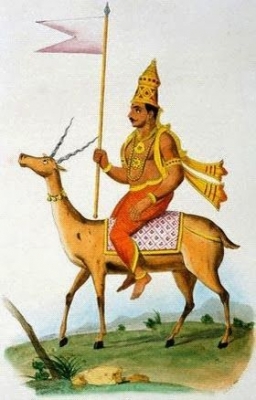
Deep deposits are reached by driving a shaft vertically into the ground. Miners descend the shaft in a lift. An air shaft takes fresh air down into the mine, where poisonous gases may accumulate. Trucks carry the mined material to a freight lift, which brings them to the surface. Trucks may also be used to take miners to the nearest deposits. Drift mines are dug where the deposit lies in an outcrop of rock near the surface. The seam can be mined directly from the surface, which is often on the slope of a hill.
Deep deposits are reached by driving a shaft vertically into the ground. Miners descend the shaft in a lift. An air shaft takes fresh air down into the mine, where poisonous gases may accumulate. Trucks carry the mined material to a freight lift, which brings them to the surface. Trucks may also be used to take miners to the nearest deposits. Drift mines are dug where the deposit lies in an outcrop of rock near the surface. The seam can be mined directly from the surface, which is often on the slope of a hill.
There are underground mines all over the world presenting a kaleidoscope of methods and equipment. There are approximately 650 underground mines, each with an annual output that exceeds 150,000 tonnes, which account for 90% of the ore output of the western world. In addition, it is estimated that there are 6,000 smaller mines each producing less than 150,000 tonnes. Each mine is unique with workplace, installations and underground workings dictated by the kinds of minerals being sought and the location and geological formations, as well as by such economic considerations as the market for the particular mineral and the availability of funds for investment. Some mines have been in continuous operation for more than a century while others are just starting up.
Mines are dangerous places where most of the jobs involve arduous labour. The hazards faced by the workers range from such catastrophes as cave-ins, explosions and fire to accidents, dust exposure, noise, heat and more. Protecting the health and safety of the workers is a major consideration in properly conducted mining operations and, in most countries, is required by laws and regulations.
The underground mine is a factory located in the bedrock inside the earth in which miners work to recover minerals hidden in the rock mass. They drill, charge and blast to access and recover the ore, i.e., rock containing a mix of minerals of which at least one can be processed into a product that can be sold at a profit. The ore is taken to the surface to be refined into a high-grade concentrate.
Working inside the rock mass deep below the surface requires special infrastructures: a network of shafts, tunnels and chambers connecting with the surface and allowing movement of workers, machines and rock within the mine. The shaft is the access to underground where lateral drifts connect the shaft station with production stops. The internal ramp is an inclined drift which links underground levels at different elevations (i.e., depths). All underground openings need services such as exhaust ventilation and fresh air, electric power, water and compressed air drains and pumps to collect seeping ground water, and a communication system.







